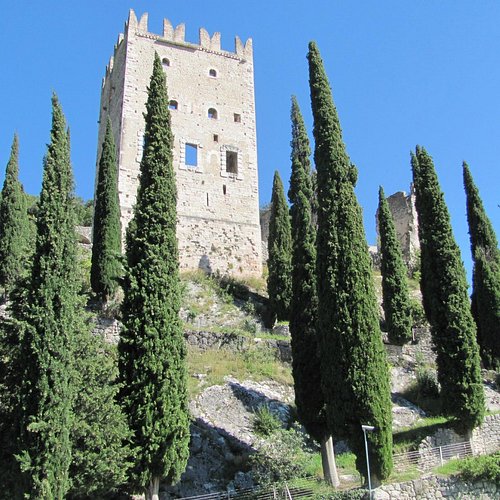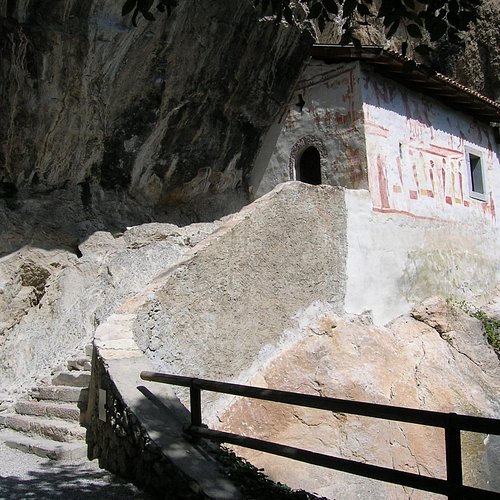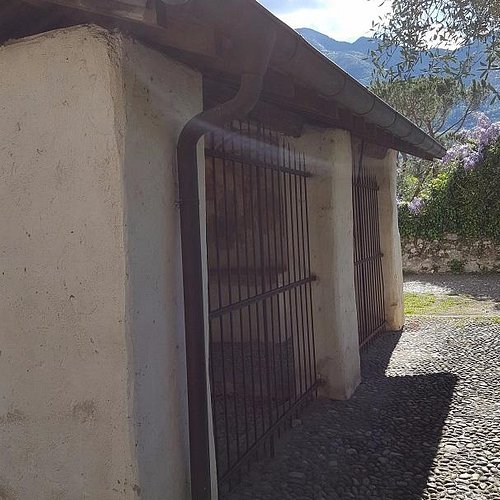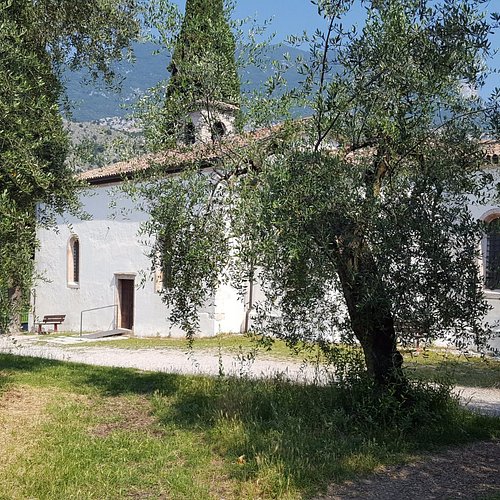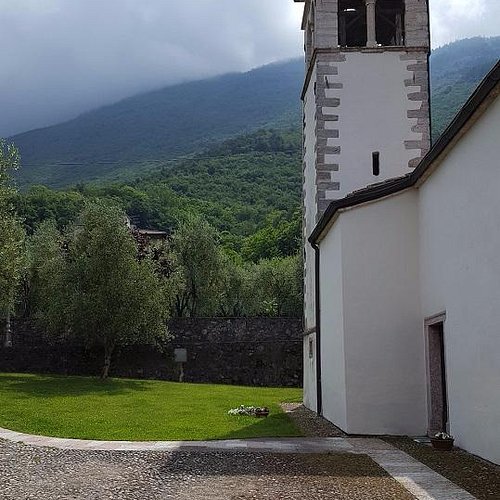Things to do in Arco, Trentino-Alto Adige: The Best Sights & Landmarks
Discover the best top things to do in Arco, Italy including Chiesa di San Rocco, Arco Castle, Eremo di San Paolo, Chiesa di S.Apollinare a Prabi, Chiesa di San Martino, Il Palazzo di Piazza o Municipio d'Arco, Porta Stranfora, Chiesa Collegiata di Santa Maria Assunta, Il Palazzo dei Panni, Chiesa di San Valentino.
Restaurants in Arco
1. Chiesa di San Rocco
2. Arco Castle
Overall Ratings
4.5 based on 839 reviews
Together with the lake, one of the characteristic elements of the Garda Trentino landscape is the rock of Arco, dominating the plain of the River Sarca at the point where it widens. Three paths lead to the castle, which was the residence of the Arco Counts in the Middle Ages; they all leave the village and wind through the olive groves in the hills to reach the castle in a few minutes. Beyond the last town-wall is the Prato della Lizza, a green balcony overlooking the Garda Trentino territory at the foot of the three enormous sides of the Torre Grande, the Prigione del Sasso and Sala degli Affreschi, beautifully frescoed with scenes of games of draughts and battles. At the top, the last refuge in the event of siege, stands the Torre Renghera, whose bell, known as the "renga", called the farmfolk to prayer.
Reviewed By K960RApeters - Callington, United Kingdom
Arco is a lovely city with some wonderful architecture and the amazing castle - hard work at 33C but definitely worth the effort to get the atmosphere and the views.... and a beer at the top!
3. Eremo di San Paolo
Overall Ratings
4.5 based on 29 reviews
It is located on the road from Prabi to Ceniga and is a magnificent example of sacred art with enchanting frescoes both on the inside and outside. It is one of the most ancient monuments in Arco: the consecration of the high altar was first mentioned in 1186. The construction is very simple. It is built in a niche under an overhanging rock that serves as a wall and partly as the vault of the church, which consists of only one main room and one adjacent room for the hermits. Only the hall of the church is frescoed with images of the Last Supper and the stories of San Paolo’s life. The outside of the Retreat is always accessible; the inside is generally closed. The Retreat is opened for guided visits in the Spring and Autumn.
4. Chiesa di S.Apollinare a Prabi
Overall Ratings
4.5 based on 9 reviews
A jewel of sacral art in the territory. It is located on the road to Prabi, in via Legionari Cecoslovacchi. It was first mentioned at the beginning of the XIV century, as local documents show. Very precious are the series of frescos, both under the external arcade and on the inside of the church. They are dating back, even if they aren’t coeval and those on the outside overlapping, to the early XIV century. The church underwent various events. In the XVIII century the church was left in charge of the hermits, but little by little it was abandoned; in 1882 it was restored and the beautiful frescos, covered with layers of lime, came to light; during the First World War the church was damaged, still visible on the outside, and then it was closed for a long time. The latest restoration, in 1983, brought it back to the present condition. The church is open during the summer months.
5. Chiesa di San Martino
6. Il Palazzo di Piazza o Municipio d'Arco
7. Porta Stranfora
8. Chiesa Collegiata di Santa Maria Assunta
Overall Ratings
4.0 based on 44 reviews
It is located on the “Piazza Tre Novembre”, in the centre of Arco and its imposing structure dominates the whole of the old town centre. It is without any doubt one of the most beautiful and interesting monuments of the city, apart from being a meeting point for the inhabitants. It was built from the beginning of the 17th century onward, and houses numerous works of value, deserving a closer look: altars, altar-pieces and decorations. The church can be visited during the day time and there are regularly Masses and ceremonies.
9. Il Palazzo dei Panni
Overall Ratings
4.0 based on 12 reviews
The historical Palazzo Panni, built in the late XVII century and situated at the beginning of Via Segantini, was once property of the noble Arco family, as the coat of arms on the main entrance testifies. It was built by Giovambattista d’Arco, afterwards occupied by Count Emanuele d’Arco, man of culture and fine musician.At the end of the eighteenth century a wool mill was placed in the Palace, from which it took the name Wool Cloth Palace (Palazzo Panni). About 400 people worked there.In the nineteenth century it was used for different activities: as a theatre, a fire station and kindergarten.In the early nineteenth century it was purchased by the Istituto della Providenza and became a boarding school. During the fascist period it was transformed in Palazzo del Littorio (the “littorio” being the fascists' symbol).Successively it was used as a School and from the nineties, after the recent restoration, it lodges the Councillor’s Office of Culture, the Public Library, The Fondo Antico Bruno Emmert and the Municipal Art Gallery G. Segantini.


